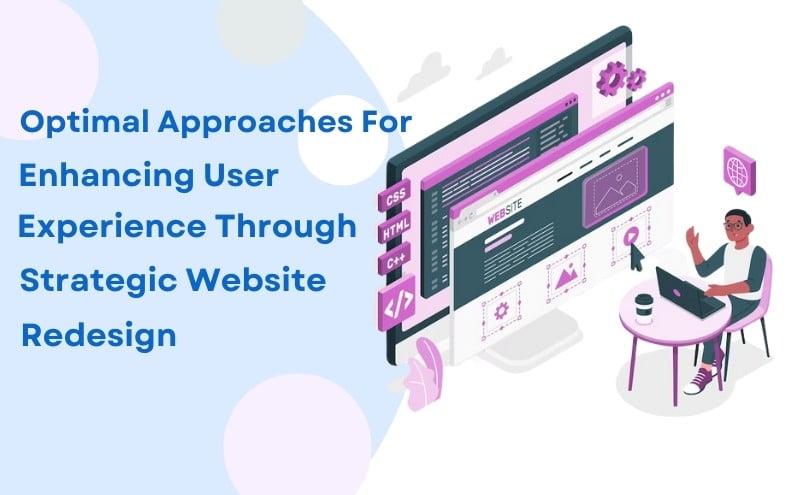Understanding The Power Of UX Transformation
User Experience, often abbreviated as UX, encompasses all aspects of the user’s interaction with a company, its services, and its products. It involves how the user feels, perceives, and interacts with a digital platform. A strategic UX transformation during a website redesign is more than just about aesthetics; it’s about creating a seamless and memorable journey for users that drives engagement, conversions, and loyalty.
The Foundation: User Research And Analysis
The first step in any successful strategic website redesign is conducting thorough user research. This involves gaining a deep understanding of your target audience’s preferences, behaviors, pain points, and motivations. Various research methods such as surveys, interviews, and usability testing can help gather valuable insights that serve as the bedrock for design decisions.
User personas are invaluable tools that emerge from this research. These personas represent fictional users who embody the traits and characteristics of your actual audience. By designing with these personas in mind, you ensure that the redesign caters to the specific needs and expectations of your users.
Defining Clear Goals For The Redesign
A strategic website redesign must have clear and well-defined goals. These goals should encompass both the business’s objectives and the users’ needs. For instance, a business goal might be to increase online sales by 20%, while a user-focused goal could be to reduce the time it takes for users to find information. Aligning these goals ensures that the redesign serves the dual purpose of driving business success and enhancing user satisfaction.
Gleaning Insights From Competitor Analysis
Competitor analysis is a goldmine of insights that can shape your redesign strategy. By studying your competitors’ websites, you can identify industry trends, discover gaps in their offerings, and find opportunities for differentiationExamine their strengths and areas of improvement. This knowledge can guide your decisions to create a unique and compelling user experience.
Crafting A Thoughtful Information Architecture
An organized and intuitive information architecture is the backbone of a user-friendly website. It involves structuring content in a way that makes navigation seamless and content discovery effortless. Employ clear and concise labeling for navigation elements, enabling users to find what they’re looking for without frustration. A well-structured information architecture also contributes to improved search engine optimization (SEO), making your website easier to discover.
Bringing Concepts To Life: Wireframing And Prototyping
Once the research and planning phases are complete, it’s time to start visualizing the redesign. Wireframing involves creating low-fidelity sketches of the user interface, focusing on layout and functionality. This stage allows for rapid experimentation and iteration before investing too much time in high-fidelity designs.
High-fidelity prototypes come next. These interactive mockups provide a realistic experience of the final product. Prototypes should be tested with real users to gather feedback and identify any usability issues or design flaws. This iterative process ensures that the final design reflects the needs and preferences of the users.
Embracing Responsive Design And Accessibility
In an era where users access websites on various devices, responsive design is non-negotiable. A responsive design ensures that your website functions seamlessly across desktops, tablets, and smartphones. This adaptability not only improves user experience but also positively impacts SEO, as search engines prioritize mobile-friendly websites.
Additionally, accessibility should be a primary consideration. A truly user-centered redesign adheres to Web Content Accessibility Guidelines (WCAG). This means designing with inclusivity in mind, making your website usable for people with disabilities. Features such as keyboard navigation, alt text for images, and appropriate color contrasts contribute to a more accessible web experience.
Elevating Content Strategy
Even the most aesthetically pleasing design won’t succeed if the content is lacking. During a website redesign, it’s crucial to audit existing content, weed out outdated information, and focus on delivering concise, relevant, and valuable content. An integrated content management system (CMS) simplifies content updates and ensures that your website remains fresh and engaging.
A strategic website redesign is a multifaceted endeavor that requires a deep understanding of users, business goals, and design principles. By adhering to the optimal approaches outlined in this blog, you can embark on a transformational journey that not only enhances user experience but also positions your brand for success in the digital landscape. Remember, the key lies in putting your users at the center of every decision, creating a website that resonates with their needs and aspirations.

